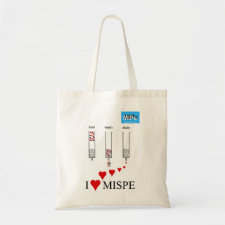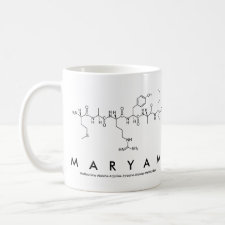
Authors: Arabi M, Ghaedi M, Ostovan A
Article Title: Development of a Lower Toxic Approach Based on Green Synthesis of Water-Compatible Molecularly Imprinted Nanoparticles for the Extraction of Hydrochlorothiazide from Human Urine.
Publication date: 2017
Journal: ACS Sustainable Chemistry & Engineering
Volume: 5
Issue: (5)
Page numbers: 3775-3785.
DOI: 10.1021/acssuschemeng.6b02615
Abstract: In the present paper, one-pot green syntheses of novel hydrophilic and superparamagnetic molecularly imprinted polymers (MMIPs) for the cleanup and extraction of hydrochlorothiazide (HCT) in human urine are described. The MMIPs were prepared via a sol-gel process using Fe3O4 magnetite as a magnetic component, HCT as a template, tetraethyl orthosilicate (TEOS) as the cross-linker, and 3-aminopropyl trimethoxysilane (APTMS) as the functionalized monomer, which could simplify the imprinting process. During the synthesis process, a surfactant was especially used to graft the silica-imprinted nanoparticles. The key step of this research is mild working temperature without consuming any organic solvent during the synthesis of MMIPs in addition to its ability for efficient and highly selective enrichment of HCT in complicated human urine. The morphology, structure, and magnetic properties of the MMIPs were characterized using scanning electron microscopy (SEM), transmission electron microscopy (TEM), Fourier transform infrared spectroscopy (FT-IR), and vibrating sample magnetometry (VSM). The prepared MMIPs were found to be superparamagnetic, which makes them easy to be quickly separated from the sample solution and thus decreases the extraction time. After the dispersive solid phase extraction (d-SPE) by the prepared MMIPs, high performance liquid chromatography (HPLC) was used to determine the target analyte, HCT. Several factors affecting the extraction efficiency, including the pH of the sample solution, the amount of adsorbent, sonication time, eluent, and washing solvent volumes, were evaluated, and the optimum conditions were obtained using the experimental design methodology. Under the optimized conditions, the developed MMIPs-d-SPE linearly responded over 2.5-1000 μg L-1 while a detection limit of 0.75 μg L-1 was obtained. The high selectivity of this method makes it suitable for successful monitoring of analyte in a real sample such as urine with satisfactory recoveries of 90.7-110.0% with the precision of 0.8-6.6%
Template and target information: hydrochlorothiazide, HCT
Author keywords: Experimental design, human urine, hydrochlorothiazide, Magnetic, Molecularly imprinted polymers, One-pot synthesis, Water-compatible



Join the Society for Molecular Imprinting

New items RSS feed
Sign-up for e-mail updates:
Choose between receiving an occasional newsletter or more frequent e-mail alerts.
Click here to go to the sign-up page.
Is your name elemental or peptidic? Enter your name and find out by clicking either of the buttons below!
Other products you may like:
 MIPdatabase
MIPdatabase









